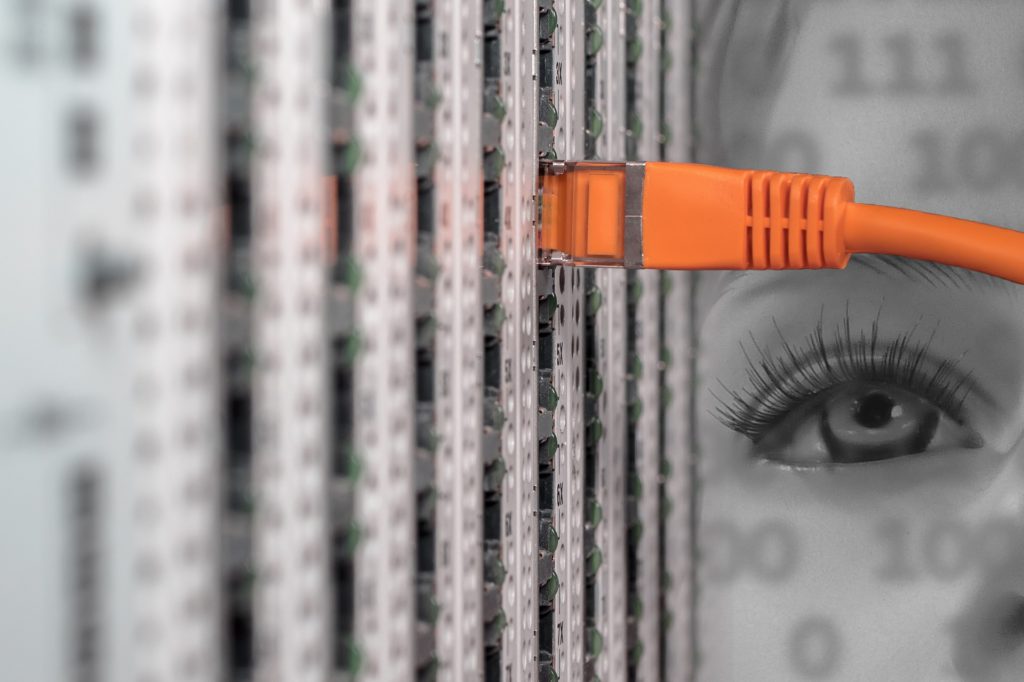| 01 Familiar Networks and Mysterious Terminology | 02 What is protocol |
| 03 OSI reference model | 04 OSI reference model (data flow) |
| 05 OSI reference model and TCP/IP model | 06 Network equipment by layer/layer 1 equipment |
| 07 Layer 2/Layer 3/Layer 1-7 devices | 08 Types of network topologies |
| 09 Collision Domain/Broadcast Domain | 10 Circuit Switching and Packet Switching |
| 11 IP address and route control (routing) | 12 TCP communication and UDP communication |
| 13 How LAN communication works | 14 TCP/UDP header structure |
| 15 Connection-oriented and connectionless communication | 16 radix conversion (binary, octal, hexadecimal) |
| 17 IP Address Basics | 18 IP Address Class Concepts |
| 19 What is a subnet mask? | 20 Logical AND with subnet mask |
| 21 default gateway | 22 route summarization (route summarization) |
| 23 local loopback address | 24 private IP addresses |

